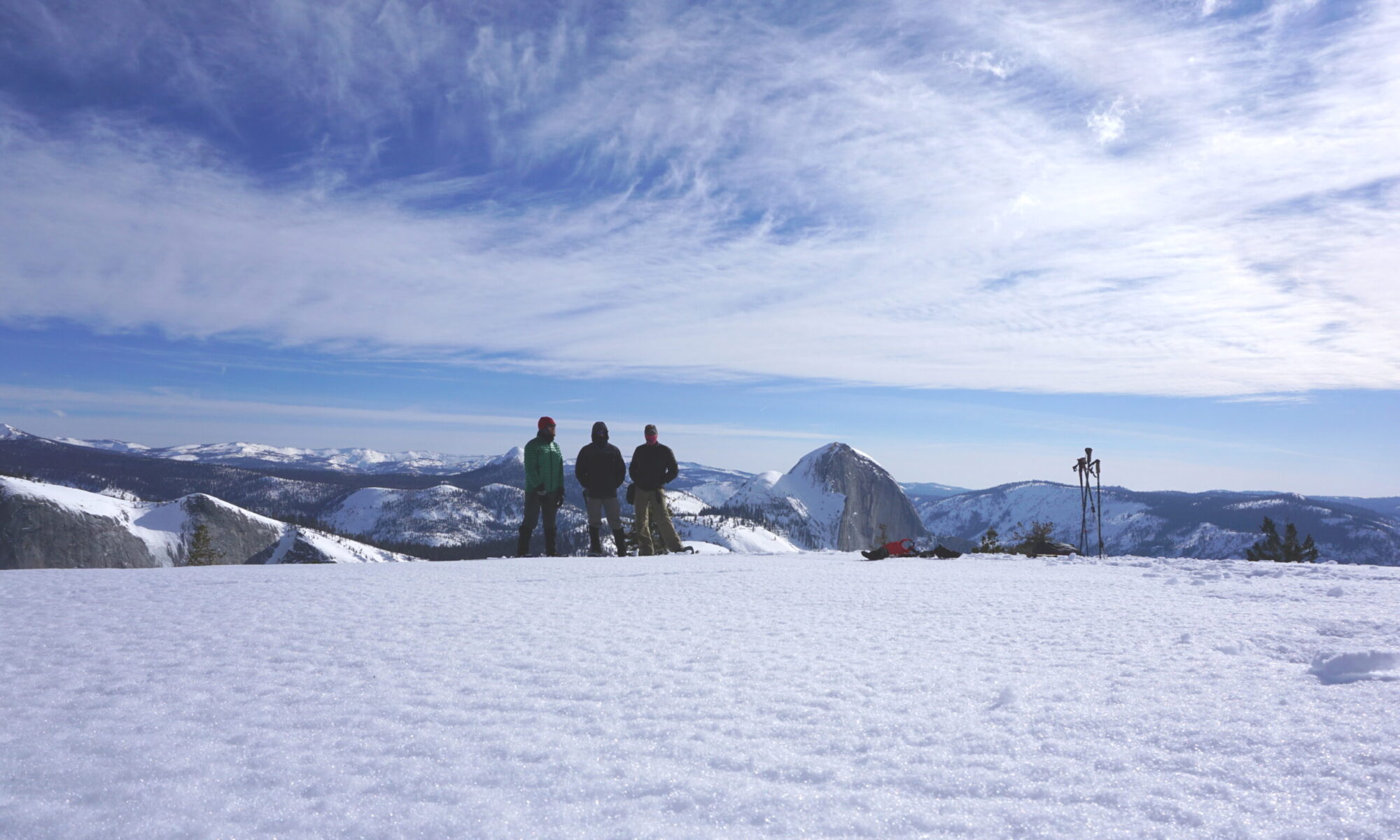This is our level 3 event for our “Beginner to Advanced Backpacking Series” and will take place at one of the best trails in and around Louisiana. This is a learning event that features an introduction to backpacking and hiking lecture, a “Day Hike” through a local wilderness area where we put into action some of the basic skills that we will cover, and finally an overnight camping experience. This course is meant to test your endurance by engaging long distance and elevation changes while taking in some of the most beautiful vistas and wilderness scenery Louisiana has to offer.
The Course
Your guide will cover:
- Backpacking Clothing
- Backpacking Gear
- Care and Maintenance
Events of the Day
(Kisatchie Bayou Trip)
We will start by backpacking our gear about a ½ mile down the trail to the campsite where we will then set up camp and go over the three topics in the lecture. We will then shuttle ourselves to the Caroline Dorman Trailhead and then day hike the 10miles back to the campsite. We will hike in 3-mile segments while taking breaks between each segment. A map of the route we will take is provided. Once we are at the campsite, we will then relax and enjoy the bayou so bring your swim trunks!
(Clark Creek/Tunica Hills Trip)
Day 1
We will depart from Lafayette and drive to the trailhead where we will meet up with any other participants and prepare for a day hike. The group will then spend most of the day exploring the waterfalls and the wilderness. Be prepared to get your shoes wet and dress accordingly. Once finished we will then get in our vehicles and drive 20 minutes away to the campsite. We will spend about an hour going over the three topics followed by a setting up camp where we will reinforce the basics that were covered. Next we will begin cooking our meals and enjoy the natural scenery as we settle in for the night.
Day 2
What you will need to bring for the Hike:
- Baseplate compass
- Good athletic shoes or hiking boots (waterproof preferred)
- Water or sports drink
- Snacks & a lunch
- Small pack to keep your hands free
- Your “10 Essentials” as covered in Level 1
- Something to take notes on
What you will need to bring for the Campsite:
- Tent
- Sleeping pad
- Sleeping bag
- Flashlight or Headlamp
- Meal for Dinner and Breakfast
- Water
Downloadable Course Notes
Downloadable Gear Lists and Recommendations
AXU Clothing Recommendations 2020








